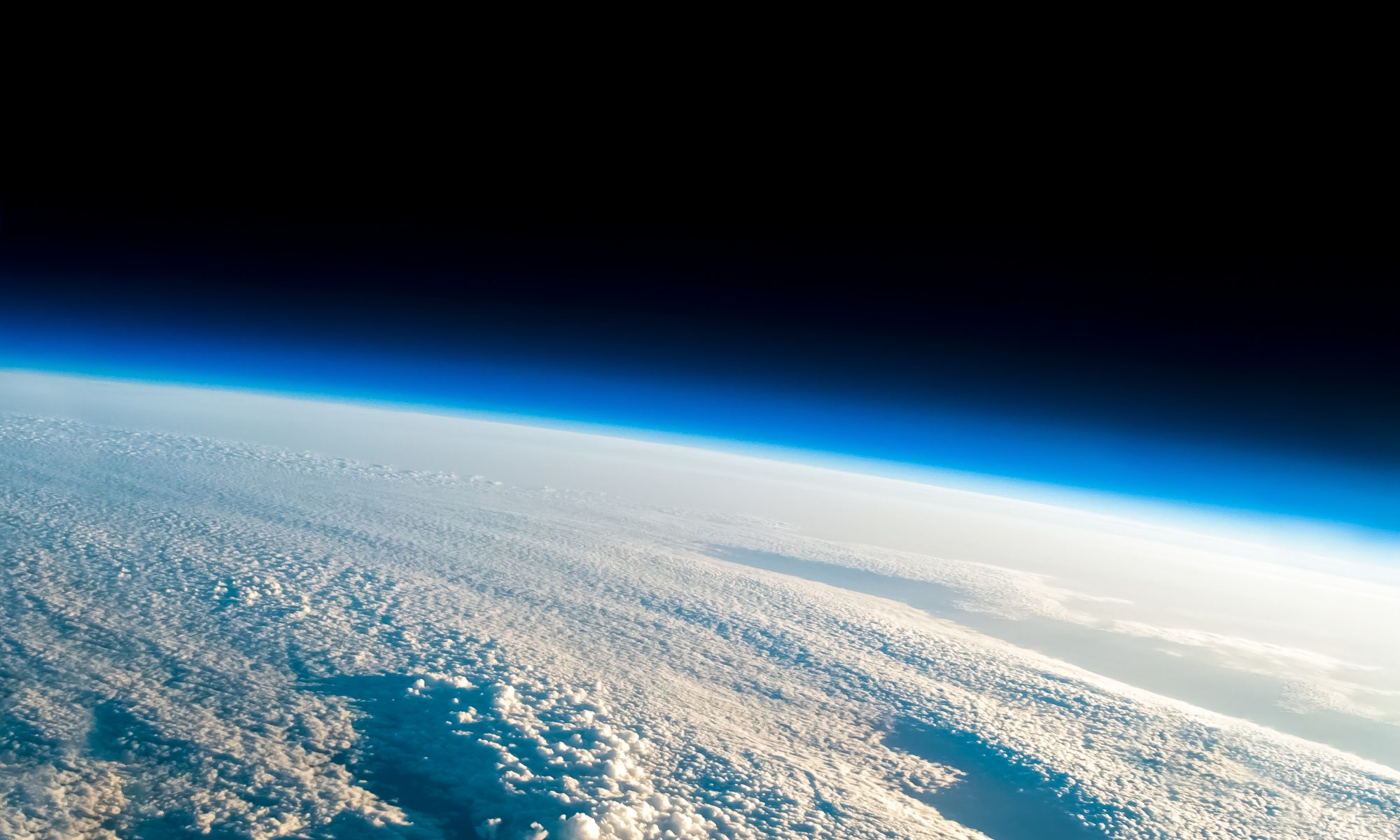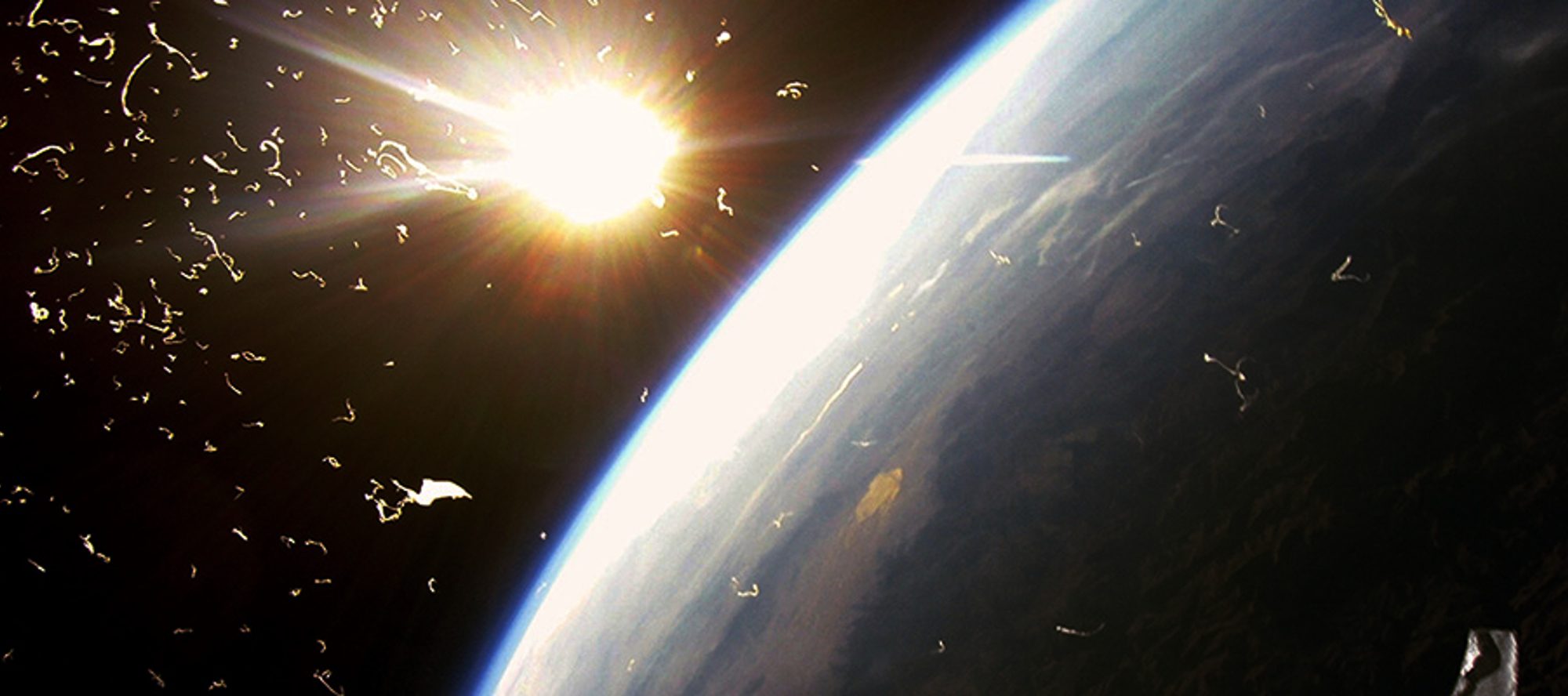After having found the HAB PDF a few weeks ago, I have been looking over it, and the website www.nearspaceballooning.com, which is where I drew a lot of my inspiration from. I was reading through some of the mission reports from the guy who runs the website, in order to try and find out what kind of cameras would be the best to use. In the PDF it lists some compact point and shoot cameras, as DSLRs are risky with the lenses. I know I want to go for the Canon cameras, as I am able to hack them with the Canon Hack Development Kit, which is what I discovered a few years ago. Basically I will be able to give the camera new abilities through firmware hacking, like interval photography, which is what I’ll need, as well as RAW functionality.
The most common digital image file extension is JPG. This refers to an algorithm that compresses an image on the camera, which allows for less storage space, however due to the compression the image loses quality. However, RAW is another type of image used by most professional photographers, as there is no compression of the image, and every photon of light that hits the sensor is saved to a file and all the information is stored. This makes for better post-processing and ultimately better photos.
With Canon, I am able to give normal compact cameras this functionality through the Canon Hack Development Kit (CHDK). So when choosing the cameras, I know for sure that I want Canon cameras for the stills and GoPros for the video.
From the website and the PDF, I have come up with a list of cameras that matches this criteria:
PowerShot A1100 IS:
The Canon PowerShot A1100 IS is the cheapest and worst camera of the lot, since it was an entry level camera 10 years ago. However it is apparently good for an introduction to HAB. It has a 12.1MP sensor, with a 35-140mm film equivalent lens. Due to its use of AA batteries, it can last for 14 hours, which is impressive, but I don’t think this is for me.
PowerShot A3300 IS:
The PowerShot A3300 IS is a step up from the A1100, with a 16MP sensor, and it is slightly newer. The battery life is not great, lasting only around 2 hours. It has a 28-140mm film equivalent lens, which gives for a slightly wider field of view, than the other cameras. Although better than the A1100 IS, I’d still go for something better.
PowerShot SX260 HS:
The PowerShot SX260 HS is slightly heavier, but with its 12.1 MP CMOS sensor and longer lasting battery, it offers a better choice over the previous two models. The 25mm wide-angle lens also covers more territory than even higher end models, although not as much as the A3300 IS.
Powershot G15:
The Powershot G15 is claimed to be the best PowerShot supported on CHDK, although the article was written a few years ago, which is eons in the tech game. The G15 has a 12.1MP CMOS sensor and is the fastest out of all of them. It has a 28-140mm film equivalent lens, however it is heavier than all the other cameras. This means that it will limit the amount of cameras I can send up at once, which will mean less angles being covered. However the PDF says that “you’ll get images unsurpassed in quality for the PowerShot line”. This looks like a camera to go for, although it is quite pricy. The cheapest option I could find was R3200.00.
Those are the different kinds of cameras that I will use. I will have to do my own research, as these cameras are rather old and outdated. I think the best option would be to explore the SX PowerShot line, as it has the most options and the best price to quality ratio. The ‘A’ series is too entry level and will just be a waste of money, and the ‘G’ series is too expensive.
After doing a bit of research, I found that my best bet would be to check out the SX400s-600s, as those are the most common today and would probably produce the best quality for the prices and is more commonly available. I will just have to make sure that CHDK supports the model that I decide to buy, otherwise the purchase will be useless.
Over the next two weeks I will be focusing on schoolwork and exams, so I will be taking a back seat with the project. I will contact Michael next week and see what he has to say about the project and if he has any ideas.





